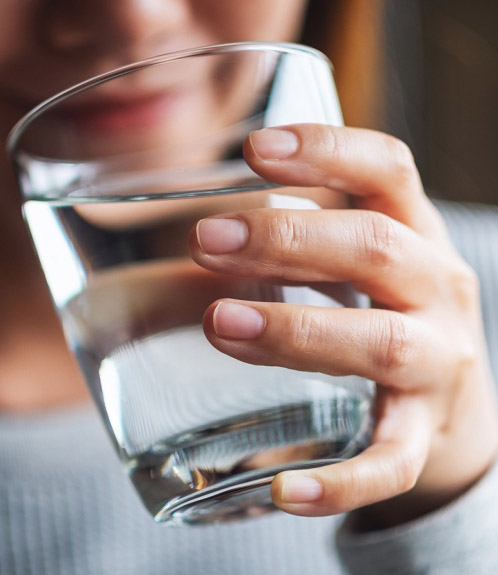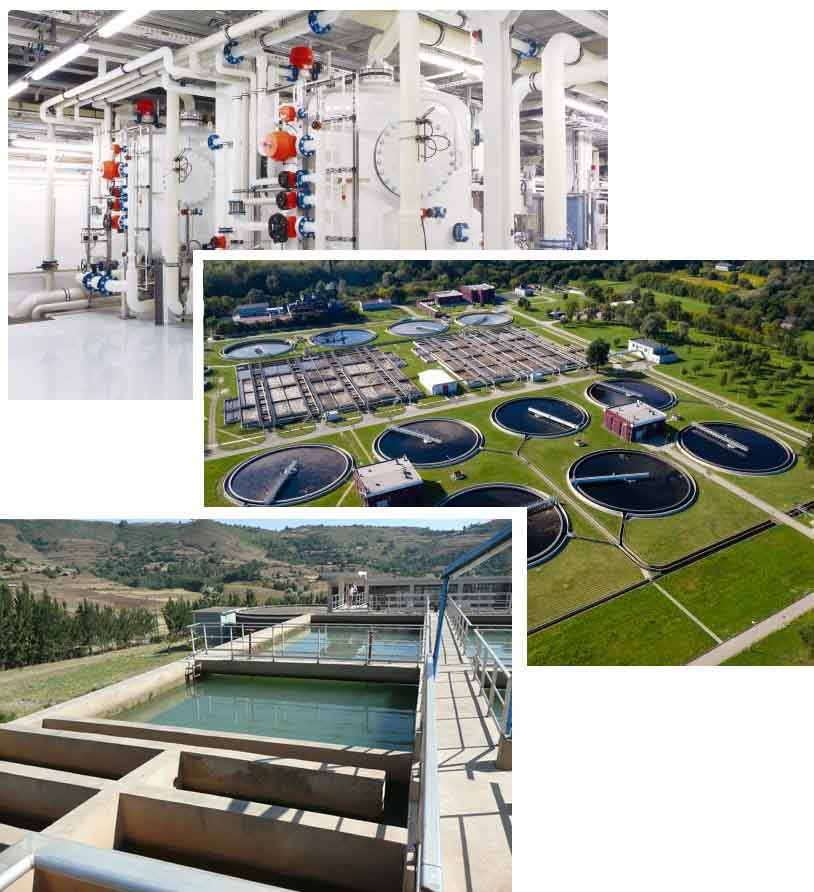WE PROVIDE ALL YOUR DRINKING WATER TREATMENT NEEDS
Drinking water treatment is the process of removing contaminants and impurities from water to make it safe for consumption. It typically involves stages such as sedimentation, filtration, disinfection, and sometimes additional steps like pH adjustment or fluoridation. The goal is to produce clean, safe, and potable water for human use.
At our company, we are committed to providing top-quality drinking water treatment services. Our experienced professionals use state-of-the-art technology and industry-leading techniques to ensure your water is safe, clean, and free from harmful contaminants. We offer a comprehensive range of services, including sedimentation, filtration, disinfection, pH adjustment, and specialized treatments like fluoridation and desalination.
We understand the importance of clean drinking water, which is why we take a customized approach to every project. Whether it’s for a single property or an entire community, we have the expertise and resources to deliver the best possible results.

MAIN AREAS TO CONSIDER FOR A
DRINKING WATER TREATMENT PLANT

- Coagulation/Flocculation: This is the first step in water treatment, where chemicals are added to the water to cause impurities to clump together into larger particles, making them easier to remove. Drinking Water Treatment Sri Lanka
- Sedimentation: Once the impurities have been coagulated and flocculated, the water is allowed to sit in a sedimentation tank or basin, allowing the larger particles to settle to the bottom.
- Filtration: After sedimentation, the water is passed through filters that remove remaining suspended particles, including those that are too small to settle. Drinking Water Treatment Sri Lanka
- Disinfection: To kill any remaining harmful bacteria, viruses, and parasites, water is disinfected using chemicals such as chlorine, ozone, or ultraviolet light.
- pH Adjustment: The pH of the water is adjusted to a level that is safe for consumption.
- Fluoridation: Fluoride is added to the water in some areas to promote dental health.
- Softening: In areas with hard water, where high levels of minerals such as calcium and magnesium can cause scale buildup in pipes and appliances, the water is softened by removing these minerals.
- Aeration: In some cases, water may be aerated to remove dissolved gases such as hydrogen sulfide, which can cause an unpleasant odor.
- Storage: After treatment, the water is stored in large reservoirs or tanks to ensure a steady supply of water during peak demand periods.
- Distribution: The treated water is then distributed through a network of pipes to homes and businesses.
DESIGN, CONSTRUCTION AND IMPLEMENTATION PROCESS
STEP BY STEP

